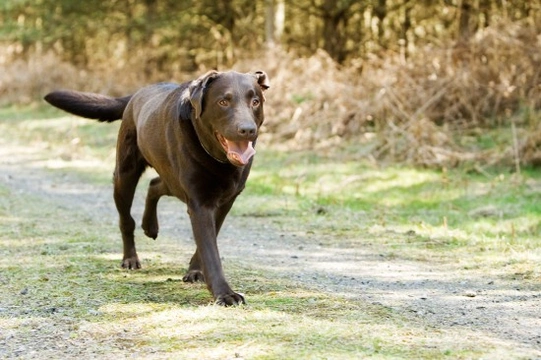Pets
Pets for studWanted petsBreedersAccessories & services
Knowledge hub
Support
Support & safety portal
Dogs and Limping
Limping is the name given to any issue that causes a dog to avoid putting weight on one of their limbs, which is almost always related to pain. However, limping can be caused by a huge range of different things, ranging from the very mild to the potentially serious, and can be due to an impact, injury or accident, or an underlying condition of the limb.
As dogs are active, lively animals on the whole, most dog owners will find themselves having to deal with a limping dog on at least one occasion, and when your turn comes, it is important to know what to do!
Read on to learn more about some of the main causes of limping in dogs, plus how to handle and deal with the problem until you get to the vet.
Reasons for limping
There is almost a limitless range of reasons behind why your dog might start limping; some of them are very minor or easily resolved, and some of them are more complex. Here are some of the main reasons:
- Foreign body in the paw, such as a thorn
- Sprained tendons
- Torn ligaments
- Strained muscle
- Broken bone
- Dislocation
- Slipped discs
All of these conditions are caused by impact or an outside influence, and health conditions that are progressive and lead to limping are not covered in this article.
As there are so many different causes behind accident-based limping and you might not even know what has caused the problem in the first place, knowing how to handle the problem can be a challenge! Here is how to deal with sudden limping in the dog, while you suss out what to do next.
For all cases of limping in the dog
Keep the dog still so that you can asses the damage, and prevent them from hurting themselves further
Check for serious problems, such as broken bones or dislocations. If your dog is able or willing to put any weight at all on the limb, even just their toe on the ground, it is unlikely to be broken. However, even if your dog will not put their foot on the ground, this does not necessarily indicate a break. Dislocated limbs are usually very easy to spot, as the leg will be dangling freely and not be supported by the body. If you do not suspect a break or a dislocation, check the limb and paw carefully (including between the toes) for the presence of any cuts or puncture wounds.
Get your dog home with the minimum amount of movement and effort on your dog’s part, while you decide what to do next.
Suspected breaks and dislocations require immediate veterinary attention, as do any injuries that are bleeding heavily or appear to be causing your dog a lot of pain. However, if your dog seems otherwise ok and is still using the leg that they are limping on, you can monitor your dog at home.
In some cases of limping and lameness in the dog, the problem is caused by something being wrong with the back or spine rather than a leg itself, and if this is the case, then again, you will need to see your vet sooner rather than later.
If your dog’s leg is very painful or has swollen up
Even if you do not suspect a break or a dislocation, if your dog appears to be in a great deal of pain or their leg has swollen up, it is important to take them to the vet. Remember that when any animal is in pain, they might lash out or bite you in defence against getting hurt further, so be sure to protect yourself while you take care of your dog.
Care for lameness at home
If you are confident that your dog does not have a foreign body within their paw or leg, that the leg is not dislocated or broken and that there is no major swelling, it is possible to confine your dog at home and allow them to heal. You should review the limping on a daily basis to ensure that it is clearing up quickly, as minor lameness should resolve itself within a few days and show improvement each day.
Keep your dog quiet and discourage jumping, running or rowdy exercise, but do not splint the limb or otherwise try to administer home treatment without talking to your vet first. If you have any concerns about the way that the limping is resolving itself, or it does not seem to be getting better very quickly, always speak to your vet for advice and treatment.
Even after your dog appears to be comfortable to walk on their affected leg again, make sure that they take it easy for a little while longer, in order to avoid re-injuring the limb or undoing all of their previous healing. Gently exercise your dog at their own pace, and make sure that they do not play rough and tumble or leap about a lot until they are thoroughly healed.



